Imagine you are waking up on the river bank. You are an archaeologist or a special agent. A fugitive or a guy with a head injury. So you move like a Harrison Indiana Ford Jones into the thicket, you encounter a mysterious temple, you fall into a great well, you find an underground city, and at its end, a portal that takes you back to the Roman Empire during the reign of Nero, shortly after the Great Fire of Rome.
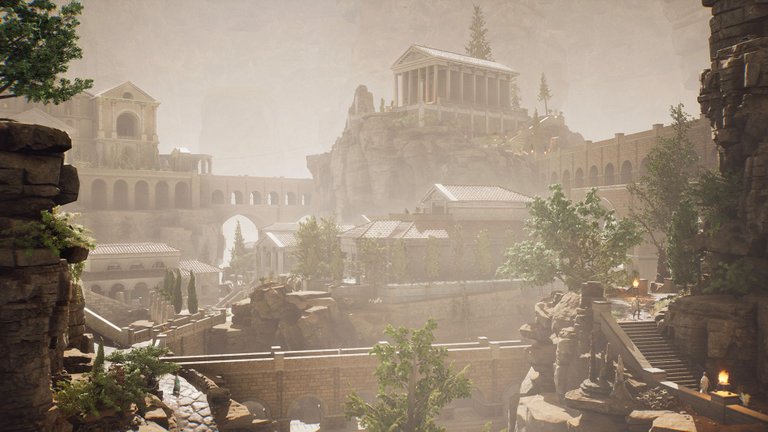
Alea iacta est.
When you start talking to the locals, although you think everyone speaks English, your interlocutors say you are speaking Latin ... with a strange accent. Moments later it turns out that you are in a closed, underground city from which there is no escape, and - if anyone commits a crime in its area - all its inhabitants will die.
Memento perma-mori!

Ah, and there's something else. Today, someone is committing a crime and they all die, and then the day repeats itself. Yes, you are stuck in a time loop. Again. Carpe marmota monax diem? The Forgotten City for the Xbox Series X | S console. The game was also released on Xbox One, PlayStation 4 and 5, Windows PCs, and - in the form played in the cloud - on Nintendo Switch. He is currently in Game Pass. But just to justify the Forgotten City, because before this game was created and released in mid-2021 - it was first a very well-known and appreciated modification to Skyrim of the same title, which had its premiere in 2015. So the idea of a closed city where collective responsibility affects the entire population every day, and then the cycle repeats itself has its age, and now it has only been transferred from the world of Skyrim powered by the Creation engine to the realities of ancient Rome generated by the Unreal Engine, so it is hardly part of it. the current fashion for time loops in games. I regret a bit that I did not play right after the premiere in July 2021, because then I would have a more critical opinion about August 12 minutes. The Forgotten City is much better at dealing with the problem of repetition in time loops and building them so that each repetition contributes something to the story. But importantly: yes, I'm glad I made up for it. Let's start from the beginning.
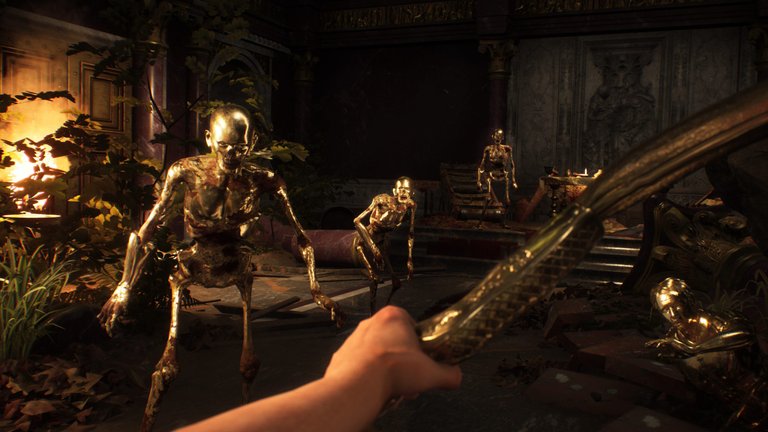
The story begins as described in the introduction. Our archaeologist, spy, fugitive, or… a man with a head injury - because apparently, a head injury is also a profession here, he enters the ancient city, cut off from the world. The choice of profession has a minor impact on the gameplay - it offers occasional knowledge of antiquity, a gun with several rounds, faster running, or greater resistance to damage. Soon we are drawn into the community leader elections that are taking place that day. save a poisoned woman and stop a desperate from jumping suicide from a high temple. Each cycle ends with someone breaking the so-called Golden Rule by committing a crime, some of the golden figures in the city come to life and start shooting bows at the inhabitants - turning them into more golden statues. Then one of the residents opens a portal that you have to run to save yourself and reset the cycle. 95% of the game takes place in dialogues. Thanks to conversations, we gain more and more information, and then, in the next repetitions of the cycle, we use it to influence the course of events and conversations. We also obtain items that you can take with you to the next cycle and use there. We can also break the Golden Rule, e.g. by stealing an item and causing the anger of golden archers, but if we manage to reach the portal, we can use the loot obtained in this way in the next cycle. The game world is tiny. A few alleys, a handful of temples, an amphitheater, baths, and a market square with a few shops. In addition, there are a few short, linear dungeons that we will visit, but we will spend most of the time in the main city location. The Forgotten City is not about exploration, but a story about people, so this small space is populated with about twenty characters with their own stories.
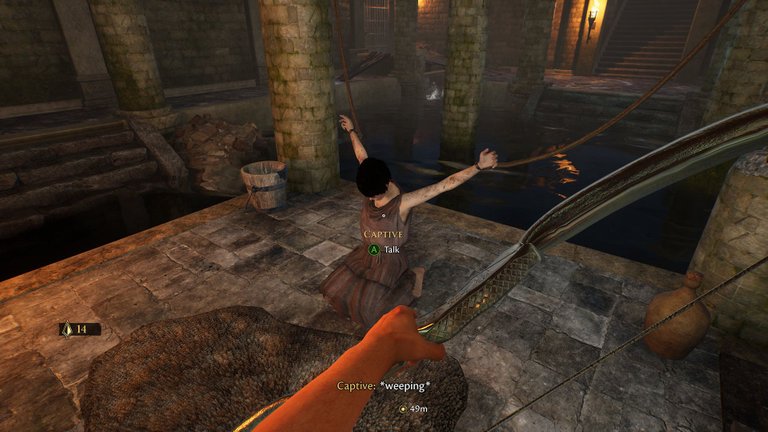
And the player is given a completely free hand as to how they will learn about these stories. The creators give us small suggestions - the manager indicates a potential first task, on the way to this task we will encounter the beginnings of a few other threads, and we constantly hear mysterious prompts telling us what to do. But despite these suggestions, we have a fair amount of freedom which, surprisingly, is not confusing. Many open-ended games paralyze the player with choice, but here all the threads have been very cleverly linked and wherever we go - the current quest will guide us to the next quests.
Omnes viae Romam ducunt.
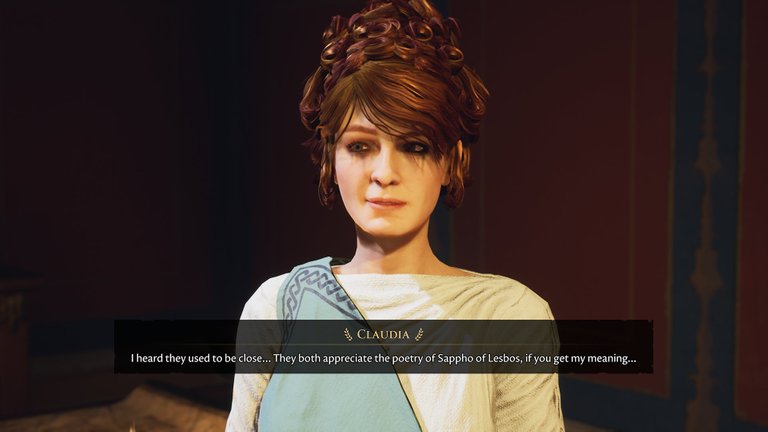
The very first quest - to help a poisoned woman in the temple of Apollo - pushes us into the hands of a greedy trader with an antidote, who will later try to do dirty business with us, allows us to encounter a medic who knows the problem of a certain warrior, and healing the sick will lead us to a potential suicide jumping from underneath the door of the temple on the rock - from which we can easily get to the closed residence of the local magnate. I don't want to spoil anything important here, but if I kept mentioning the next quest combinations, I would tell you the whole game. This and the fact that some problems can be solved in several ways prevented me from getting stuck at any point in the game. It may sound trivial, but The Forgotten City is perfectly planned and designed in this respect. It is also impressive how the creators embraced the problem of repeatability in the loop. Of course, you can quickly omit statements that we have already heard, but most of all, when we talk to someone again, there are usually dialogue options that allow the conversation to be effectively shortened.
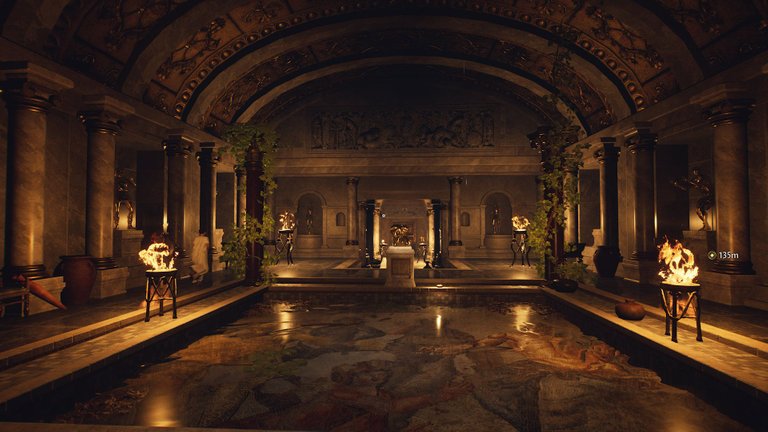
The dialogues themselves were also well written, and the characters and their stories are so engaging that you want to play until you know the endings of all the threads. What's more, the creators figured out that if we find a solution to certain problems and want them to be solved in the next cycle, we don't have to do it ourselves, because we can delegate it to a certain guy. It's kind of funny that at the end of the game we throw a whole series of quests on the guy's head, and then he runs around and does our errands for half a day. Nevertheless, it works - so you can focus on finding new information each cycle and not waste time repeating arduous activities. Even though the game has been prepared from scratch on the Unreal Engine and it is visually quite pretty, the creators were inspired too much by the presentation style of Bethesda's games, so when we start talking to someone, the hero's eyes are zoomed on and we conduct dialogues with non-moving types watched as through binoculars. It doesn't help that the facial expressions… well, it's exactly as you'd expect from a very well-crafted turkey with only three people working most of the time. It's not bad - well, it's better than most indie games, which usually avoid showing the character's face up close because truly natural facial animations are expensive and difficult fun. Here the effect is bearable, but it does feel a bit of wood. Dura lignum, sed lignum. Action scenes are much worse influencing Skyrim, from which the game is based. In my opinion, this production did not need them at all, but it still has them. At some point, we get a bow and fight with dehumanized creatures, whose killing does not break the Golden Rule. These clashes are extremely boring and banal mechanically, they do not bring anything interesting to the game, and - if we turn off the sight that is unnecessary most of the time - for immersion - the game does not consider it appropriate to restore it during the fight, so you have to enter the options and use it every time you fight. switch on.

And there are also scenes when the gold archers come to life, so the player must quickly reach the portal amid the rain of arrows. Unfortunately, there is no way to efficiently avoid these missiles - you can try to zigzag and jump, but the effectiveness of such an action is quite random. So sometimes I ended up unscathed, other times I died making practically the same feints. Fortunately, the game can be saved at any time, so repeating the run doesn't hurt very much. Don't get me wrong - these sporadic action scenes absolutely do not spoil The Forgotten City, but are simply redundant and not well prepared. They stand out from the rest of the game in terms of quality. Without a spoiler, I would like to add that the game has several endings and the amount of work we put into figuring out the secrets of the Forgotten City is reflected in the richness of the ending - I got to the first, already quite good, after about 8 hours of playing, and before the tenth hour I saw the best, fatty from content and thread closing. A bit naive in places, but fat. And although I could complain about the explanation of the operation of the title city because the motifs used here are already well-worn ... Quid infants sumus? ... it's not a bad word to say about the characters' threads and the intrigue taking place within the community - it was carried out great. And here's all of The Forgotten City! A cult mod that has become an even better standalone game. A multi-threaded, non-linear adventure closed in a well-prepared time loop, full of solid dialogues, interesting secrets, and not letting you get lost in the maze of choices, yet not leading the player by the hand. He suffers from a few Skyrim-like atavisms and includes a completely unnecessary, uninteresting fight, but it's still worth playing. And remember: